
| Recorded by: David George, Stephen Dunn, Jeff Niznik on 2023-06-03
Orange Co.
Comment: | 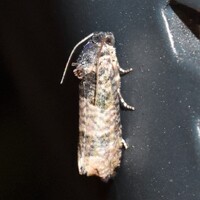
| Recorded by: David George, Stephen Dunn, Jeff Niznik on 2023-06-03
Orange Co.
Comment: |

| Recorded by: Jeff Niznik on 2023-05-31
Durham Co.
Comment: | 
| Recorded by: Jeff Niznik on 2023-05-31
Durham Co.
Comment: |

| Recorded by: Stephen Hall on 2023-05-23
Orange Co.
Comment: | 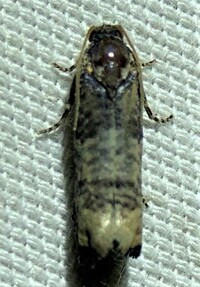
| Recorded by: Dean Furbish and Joy Wiggins on 2022-04-13
Wake Co.
Comment: |

| Recorded by: Dean Furbish on 2021-05-24
Wake Co.
Comment: | 
| Recorded by: Dean Furbish on 2021-05-24
Wake Co.
Comment: |
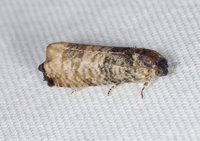
| Recorded by: Jim Petranka on 2021-05-17
Madison Co.
Comment: | 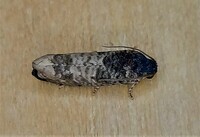
| Recorded by: Gary Maness on 2021-05-16
Guilford Co.
Comment: |
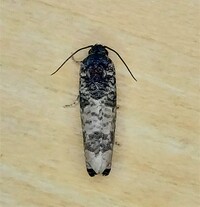
| Recorded by: Gary Maness on 2021-05-16
Guilford Co.
Comment: | 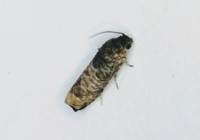
| Recorded by: Gary Maness on 2020-05-30
Guilford Co.
Comment: |
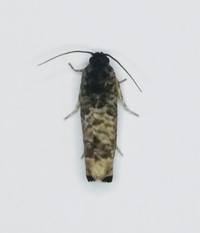
| Recorded by: Gary Maness on 2020-05-30
Guilford Co.
Comment: | 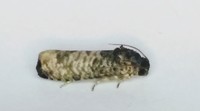
| Recorded by: Gary Maness on 2020-05-30
Guilford Co.
Comment: |
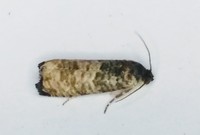
| Recorded by: Gary Maness on 2020-05-02
Guilford Co.
Comment: | 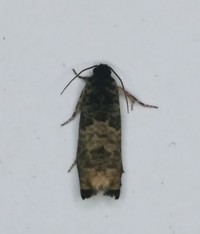
| Recorded by: Gary Maness on 2020-05-02
Guilford Co.
Comment: |
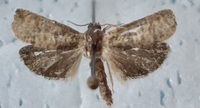
| Recorded by: Darryl Willis on 2016-06-04
Cabarrus Co.
Comment: | 
| Recorded by: Darryl Willis on 2016-06-03
Cabarrus Co.
Comment: |
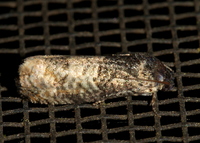
| Recorded by: Harry Wilson on 2016-05-28
Wake Co.
Comment: | 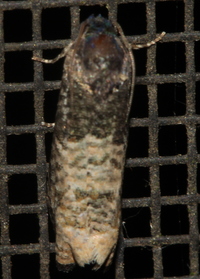
| Recorded by: Harry Wilson on 2016-05-28
Wake Co.
Comment: |

| Recorded by: Darryl Willis on 2015-06-11
Cabarrus Co.
Comment: |

 »
»


 »
»
